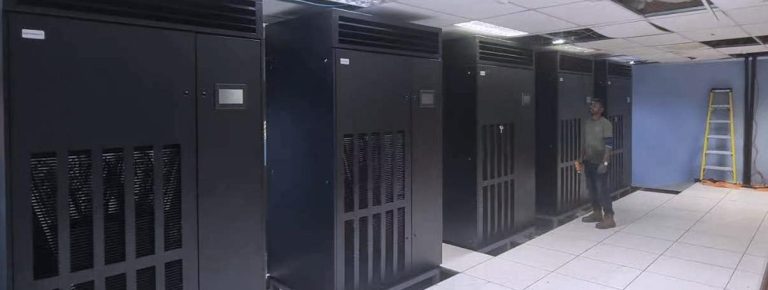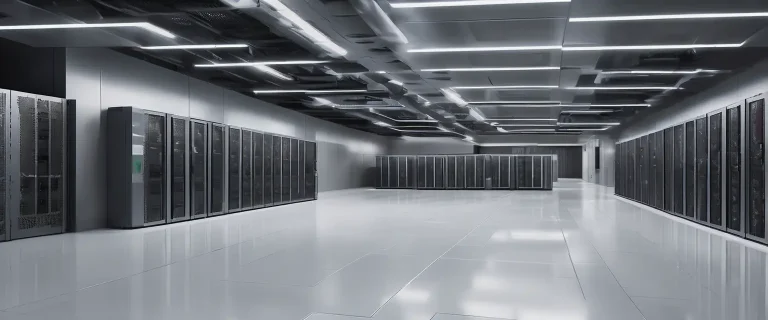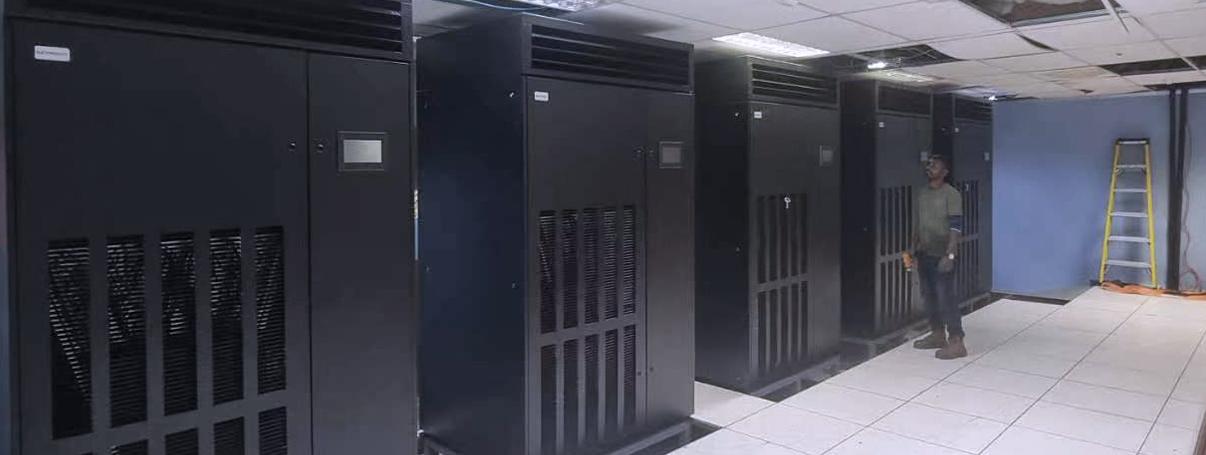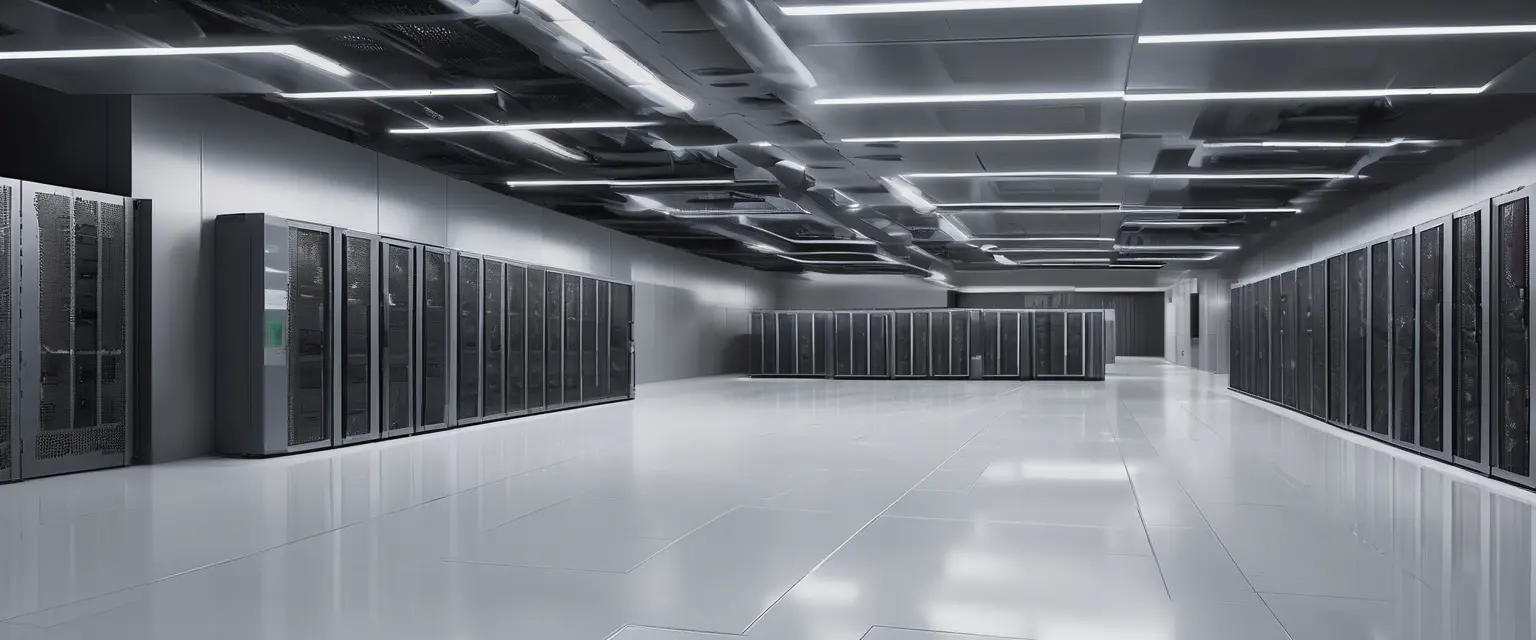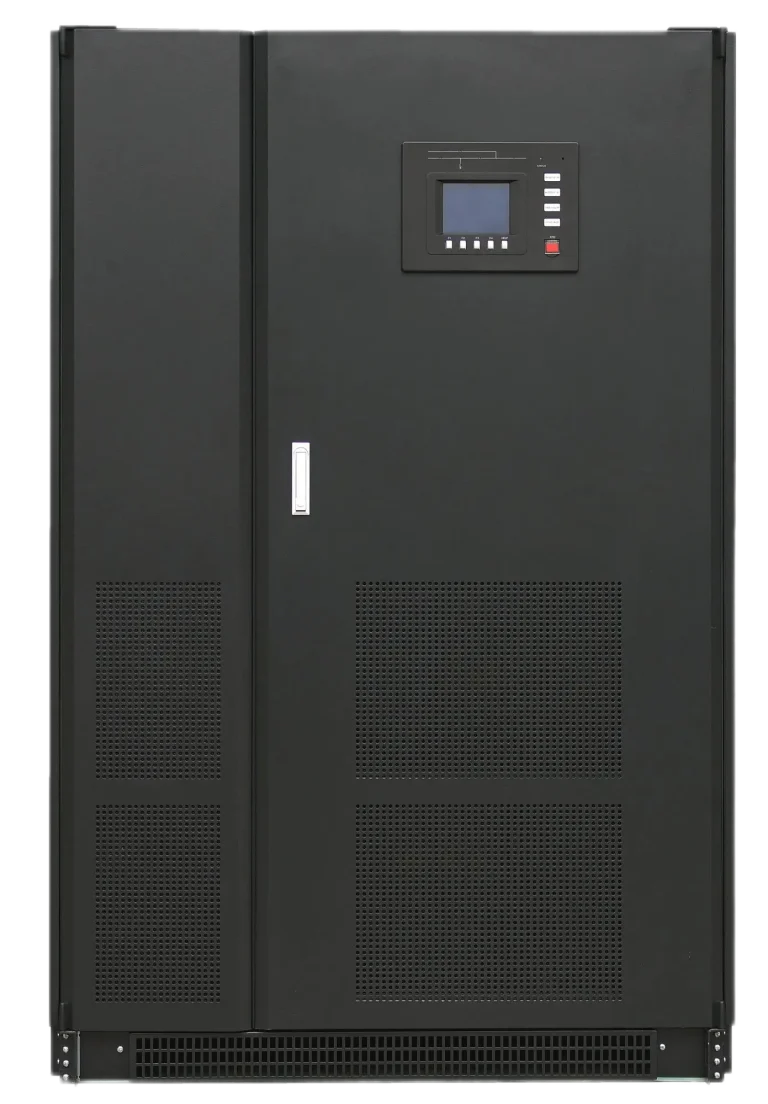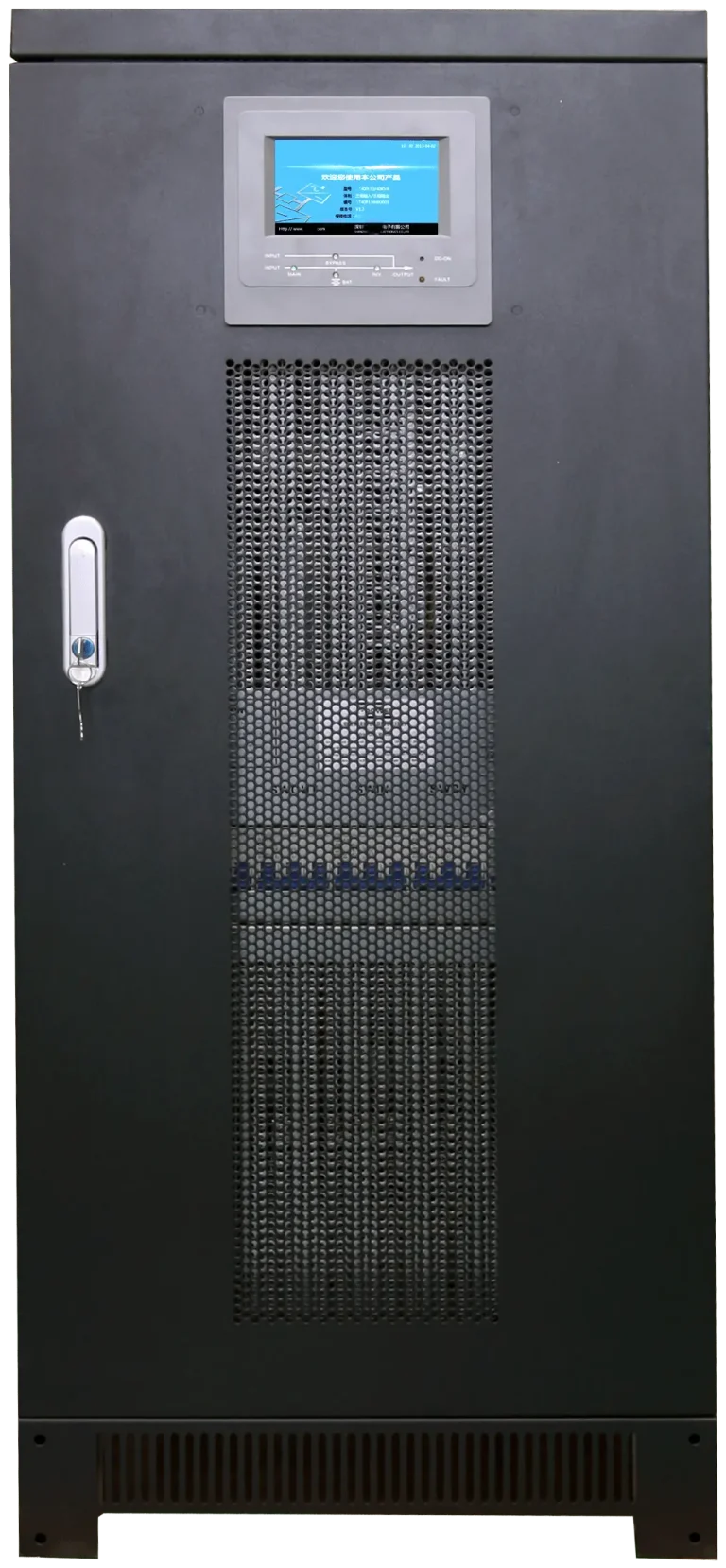The development of artificial intelligence has imposed new requirements on the continuity and power quality of uninterruptible power supply (UPS) for high-density computing centers. Meanwhile, the evolution of UPS has led to an increasing variety of types, with numerous parameters and technical names posing significant challenges for purchasers in selecting UPS products. This article will provide a detailed analysis of the three mainstream types of UPS (online double-conversion, line-interactive, and offline UPS) to offer a preliminary guide for purchasing UPS equipment.
I. The Three Main Technical Types of UPS Equipment
UPS equipment is primarily categorized into three technical types: online double-conversion, line-interactive, and offline UPS. Each type has its unique functions and application scenarios:
Offline/Standby UPS:
- Best suited for small businesses or personal setups with minimal power requirements.
- Most cost-effective option, providing basic backup power and protection against short power outages or minor surges.
Line-Interactive UPS:
- Designed for moderate-sized businesses with a need for both backup power and limited surge protection.
- Corrects minor voltage fluctuations (like undervoltages or overvoltages) while maintaining a steady power supply.
Online/Double-Conversion UPS:
- Ideal for mission-critical systems (e.g., data centers or medical equipment) that require continuous, clean, and stable power.
- Provides the highest level of protection against a wide variety of power disturbances, including surges, sags, and interruptions.
II. Offline UPS (Standby UPS)
1. Core Design Philosophy
Offline UPS is the most basic and simplest type of uninterruptible power supply (Uninterruptible Power Supply, or UPS) system, also known as standby UPS. It is designed as a power protection solution for home users and small office environments, mainly to provide a short-term backup power supply for critical equipment during sudden power outages to prevent data loss and unexpected shutdowns.
The core design philosophy of offline UPS is to provide an economical and basic power protection solution. It operates on an extremely simple working model, typically consisting of basic components such as batteries, inverters, and power transfer switches. During normal power supply, the utility power directly powers the connected devices while charging the batteries. When a power interruption or voltage anomaly occurs, the UPS quickly switches to battery power mode to ensure that the devices can continue to operate for a short period, buying valuable time for a safe shutdown.
2. Features
The most notable feature of offline UPS is its low cost and compact size, making it suitable for personal computers, home electronic devices, and small network equipment with less demanding power requirements. It offers an economical power protection solution to guard against sudden power failures and protect critical electronic devices and data.
3. Working Principle and Structure
Key Components:
- Utility power input
- Battery pack
- Inverter
- Static transfer switch
- Output sockets
Detailed Working Process:
(1) Normal Power Supply Phase:
- Utility power directly supplies power to the load through the input.
- The battery pack is charged simultaneously.
- The inverter remains in standby mode.
- The power management system continuously monitors the utility power status.
(2) Utility Power Failure Phase:
- Upon detecting a power interruption or voltage anomaly, the static transfer switch quickly switches to battery power.
- The inverter starts, converting the battery’s DC power into AC power.
- Power supply to the load continues, typically lasting 5-15 minutes.
4. Pros and Cons Analysis
| Advantages | Disadvantages |
|---|---|
| Lowest cost | Longer switching time (2-10 milliseconds) |
| Simple structure | Unstable power quality |
| Easy maintenance | Shorter battery life |
| Compact size and lightweight | Poor adaptability to complex power environments |
| Low energy consumption | Inability to handle complex voltage fluctuations |
| Suitable for home and small office environments |
5. Application Scenarios
- Home computers
- Personal workstations
- Small network devices
- Home entertainment electronics
- Small office equipment
- Scenarios with low power requirements
III. Line-Interactive UPS (Line-Interactive UPS)
1. Core Feature
Line-interactive UPS is a mid-range product in UPS technology, positioned between traditional standby UPS and high-end online UPS. It represents a more advanced power protection solution, providing not only basic backup power functions but also more complex voltage regulation and protection capabilities.
The core feature of this type of UPS is the Automatic Voltage Regulator (AVR). The AVR can monitor and regulate input voltage in real-time, actively handling voltage fluctuations, under-voltage, and over-voltage conditions. When the utility voltage is outside the acceptable range, the AVR can stabilize the output voltage by boosting or reducing it, ensuring that connected devices receive a relatively stable power supply.
2. Features
Line-interactive UPS is not just a simple backup power source but also an intelligent power management system. It can handle more complex power environments and is particularly suitable for network devices, workstations, and small servers with moderate power quality requirements. Compared to standby UPS, line-interactive UPS offers a higher level of power protection, effectively mitigating potential damage to devices from voltage fluctuations.
3. Working Principle and Structure
Key Components:
- Automatic Voltage Regulator (AVR)
- Battery pack
- Inverter
- Static transfer switch
- Output sockets
- Power management controller
Detailed Working Process:
(1) Normal Power Supply Phase:
- Utility power is regulated through the AVR.
- Voltage fluctuations (±10-15%) are automatically handled.
- The battery pack is charged simultaneously.
- The power management system continuously monitors voltage quality.
(2) Utility Power Anomaly Phase:
- Rapid switch to battery power mode.
- The inverter starts.
- Output voltage remains stable.
- Switching time is approximately 4-8 milliseconds.
4. Pros and Cons Analysis
| Advantages | Disadvantages |
|---|---|
| Strong voltage regulation capability | Switching time still has delays |
| Can handle voltage fluctuations | Power quality is not as good as online UPS |
| Moderate cost-performance ratio | Limited support for high-power loads |
| Better power quality than standby UPS | AVR components may increase system complexity |
| Voltage under-voltage/over-voltage regulation capability | Higher cost than standby UPS |
| Lower maintenance costs |
5. Application Scenarios
- Small and medium-sized offices
- Network devices
- Workstations
- Small servers
- Professional working environments
- Scenarios with relatively higher power quality requirements
IV. Online UPS (Double-conversion UPS)
1. Working Principle
Online UPS, also known as double-conversion UPS, is the flagship product in uninterruptible power supply systems, representing the highest level of UPS technology. It provides the most stringent and comprehensive power protection solutions for extremely critical and precision electronic systems, making it an ideal choice for data centers, financial trading systems, medical equipment, and other scenarios with extremely high power quality requirements.
The working principle of online UPS involves dual power conversion to achieve absolute control over power. First, the utility power input is converted into DC power, which is then converted into highly stable and pure sine wave AC power through the inverter. This means that connected devices always receive power from the UPS inverter, not directly from the utility power. The batteries remain in a charging and standby state, ready to take over power supply instantly with zero switching time.
2. Features
The biggest advantage of this design is the complete isolation of all disturbances and anomalies from the input power grid. Whether it is voltage fluctuations, harmonic interference, transient spikes, or other power quality issues, online UPS can provide perfect power “purification.” It is not just a backup power source but also a high-precision power conditioning and protection system.
3. Working Principle and Structure
Key Components:
- Rectifier
- Inverter
- Battery pack
- Static bypass switch
- Power management system
- Output sockets
Detailed Working Process:
(1) Normal Power Supply Phase:
- Utility power input is converted into DC power.
- DC power charges the batteries and supplies the inverter.
- The inverter continuously outputs stable sine wave AC power.
- Batteries remain in a charging standby state.
(2) Utility Power Anomaly Phase:
- Instantaneous seamless switch to battery power.
- Switching time is effectively zero.
- Output voltage remains absolutely stable.
- The battery pack provides continuous power.
4. Pros and Cons Analysis
| Advantages | Disadvantages |
|---|---|
| Highest power quality | Highest cost |
| Complete isolation of grid disturbances | Higher energy consumption |
| Zero switching time | Larger size and weight |
| Capable of handling all types of power anomalies | Higher maintenance costs |
| Extremely stable output voltage | Strict cooling requirements |
| Suitable for precision equipment | Higher initial investment |
5. Application Scenarios
- Data centers
- Large server rooms
- Medical equipment
- Financial trading systems
- Communication infrastructure
- Industrial control systems
- Precision scientific research equipment
- Critical infrastructure
V. How to Choose the Right UPS Equipment
When selecting UPS equipment, multiple factors need to be considered comprehensively, including load type, equipment nature, and budget constraints.
1. Load Scale
Different load scales have different requirements for UPS. For small household devices, standby UPS is sufficient, while for enterprise-level equipment, online double-conversion UPS is more suitable.
2. Geographical Environment
Users need to assess the local power conditions. If the area frequently experiences voltage fluctuations but has a low power outage rate, line-interactive UPS can be chosen. In regions with frequent power outages, online double-conversion UPS is more necessary.
3. Critical Equipment
Core business systems, such as data centers and medical equipment, require the highest level of power protection, and online double-conversion UPS should be selected. For auxiliary equipment, line-interactive or standby UPS can be considered.
4. Cost Budget
Although high-performance UPS can provide more comprehensive protection, budget is often an important limiting factor. It is recommended to find a balance between performance and budget, allocating resources reasonably.



